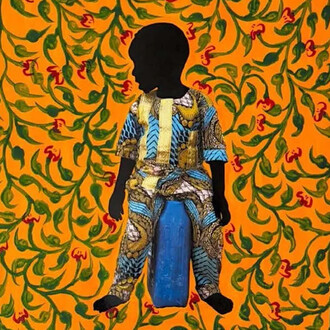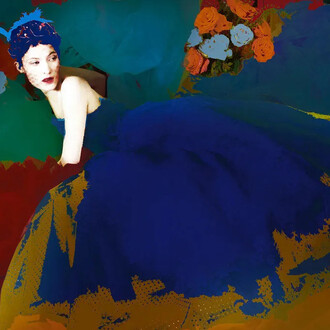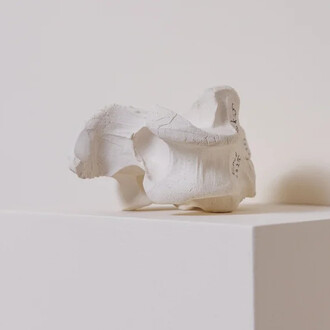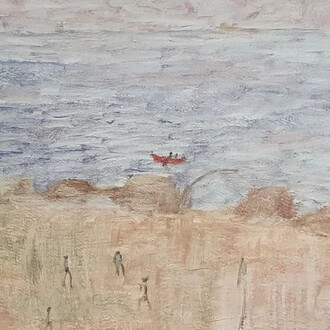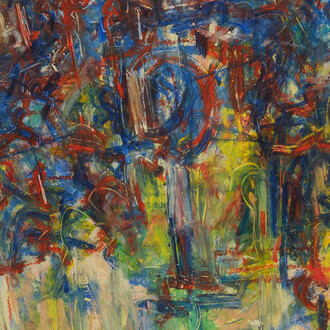The limits of photography are incalculable; everything is so recent that even the mere act of searching may lead to creative results. [. . .] The illiterate of the future will be the person ignorant of the use of the camera as well as of the pen.
(László Moholy-Nagy, 1928)
The New Vision movement of the 1920s and 1930s offered a revolutionary approach to seeing the world. It represented a rebellion against traditional photographic methods and an embrace of avant-garde experimentation and innovative techniques. László Moholy-Nagy, an artist and influential teacher at the Bauhaus in Germany, named this period of expansion the “New Vision.” Today, the term encompasses photographic developments that took place between the two World Wars in Europe, America, and beyond.
New Vision photographers foregrounded inventive techniques, including photograms, photomontages, and light studies, and made photographs that favored extreme angles and unusual viewpoints. These approaches—which also extended to more defined movements like Surrealism—spoke to a desire to find and see different perspectives in the wake of World War I.
Uniting more than one hundred works from the High’s photography collection, the exhibition traces the movement’s impact, from its origins in the 1920s to today, and demonstrates its long-standing effect on subsequent generations.









